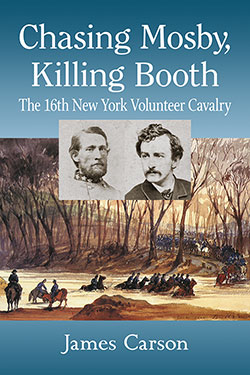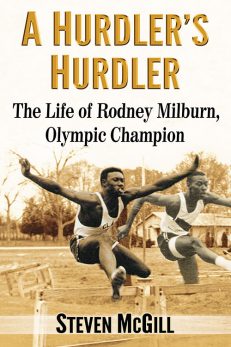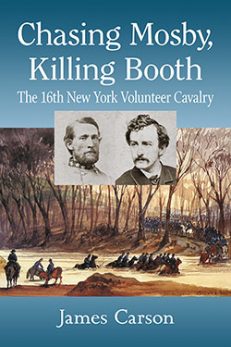Chasing Mosby, Killing Booth
The 16th New York Volunteer Cavalry
$29.95
In stock
About the Book
Near the end of the Civil War, Army Chief of Staff Henry W. Halleck described the 16th New York Volunteer Cavalry as “cowed and useless” after they were “cut up” by Confederate Colonel John Mosby’s Rangers. The following April the New Yorkers made their place in history when 26 men led by Lieutenant Edward P. Doherty captured and killed John Wilkes Booth.
An amalgam of three partially formed regiments, the 16th was plagued by early desertions, poor leadership and a near mutiny as its First Battalion prepared to march to northern Virginia to bolster the outer defenses of Washington in October 1863. The regiment spent most of the remainder of the war chasing Mosby’s cavalry. They won a few tactical victories but were mainly confounded by the Confederate guerrillas.
Drawing on personal letters, diaries and memoirs by men of the 16th, and the recollections of Mosby’s men, this deeply researched history provides fresh perspective on Mosby’s exploits and the hunt for Booth.
About the Author(s)
Bibliographic Details
James Carson
Format: softcover (6 x 9)
Pages: 264
Bibliographic Info: 30 photos, 6 maps, appendices, notes, bibliography, index
Copyright Date: 2017
pISBN: 978-1-4766-6329-6
eISBN: 978-1-4766-2813-4
Imprint: McFarland
Table of Contents
Table of Contents
Acknowledgments v
Preface 1
Introduction 3
One: A Regiment Is Formed 13
Two: Colonel Lazelle Joins His Regiment 50
Three: The Spring 1864 Campaign 63
Four: July–August 1864: More Challenges, More Losses 75
Five: September–October 1864: More and More Losses 94
Six: A New Colonel and Brigade Reorganization 112
Seven: Victory and Tragedy 129
Eight: At War’s End 143
Nine: Postwar Fortunes and Failures 152
Appendix A: Roster of Officers and Sergeants 183
Appendix B: Regimental Deaths in Andersonville and Other Prisons 225
Chapter Notes 228
Bibliography 242
Index 251





